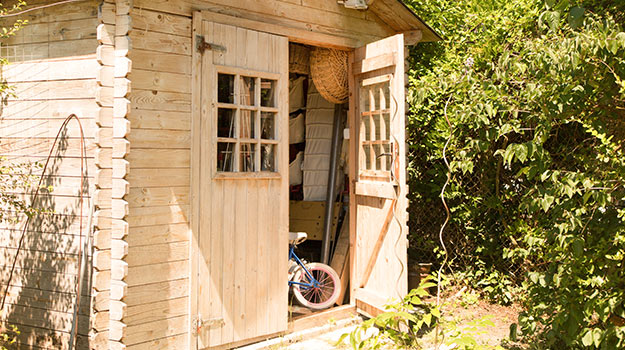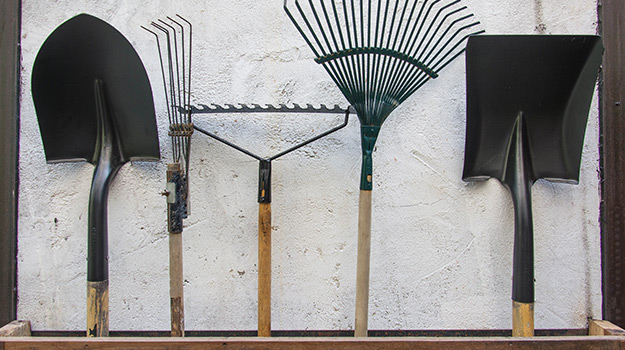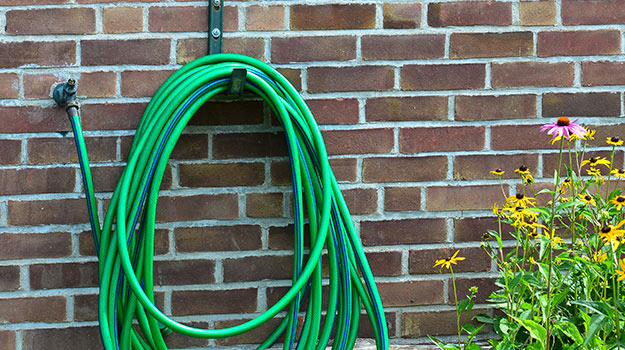Good gardening tools come with a hefty price tag, but they’re worth their weight in gold if they make work easier and more fun. Quality tools can last for years with proper care, but damp, cold weather can shorten their lifespan substantially.
Preparing garden tools for winter may not be number one on your to-do list when you’re busy with other projects in autumn, but with a relatively small investment of time, your tools will be in tiptop shape when spring rolls around in a few short months.
Not sure where to begin? Here are a few tips on preparing garden tools for winter.
Begin by tidying up your garden shed

Discard junk and repair or discard broken tools. Store nuts, bolts and other small stuff in empty jars. Stow chemicals in locked cabinets. This may be a good time to install a few adjustable metal shelves to expand your storage capability. Finish up by sweeping the floor.
Cleaning garden tools

Remove dirt from hoes, rakes, shovels and pruners with a clean rag or a wire brush. Get rid of rust with fine sandpaper or steel wool, or loosen stubborn rust by soaking tools in white vinegar for a few minutes. Paint thinner or nail polish remover takes care of residual pitch or sap.
Caring for blades
Clean and sharpen blades, including hoes, spades and shovels. If you’re not crazy about sharpening tools, take them to an expert. Replace worn out pruner or saw blades. Once tools are sharp, wipe them with WD-40 or apply a light coat of vegetable oil to lubricate blades and prevent rust.
Trimmers, mowers and other mechanical tools
Run gas engines long enough to use up fuel. Check the spark plugs, change the oil and clean the engine. Scrape dried grass and guck off the bottom of mowers and trimmers using a putty knife or plastic spatula. Tighten nuts and screws. Remove batteries from battery-powered tools before you put them away. Remove spools and lines from trimmers.
Tool handles
Run your hands gently down wooden handles to check for cracks or splinters. Smooth rough spots with fine sandpaper, a sanding sponge or emery cloth, then wipe the handles with a generous coat of paste wax or linseed oil to keep them from drying out during the winter. Replace any broken handles.
Garden hoses

Drain remaining water and bring hoses into a shed or garage so ice won’t cause cracks when temperatures drop. Repair any leaks or breaks with a hose repair kit. Coil hoses loosely or store them on a hose reel. This is a good time to discard worn out hoses.


